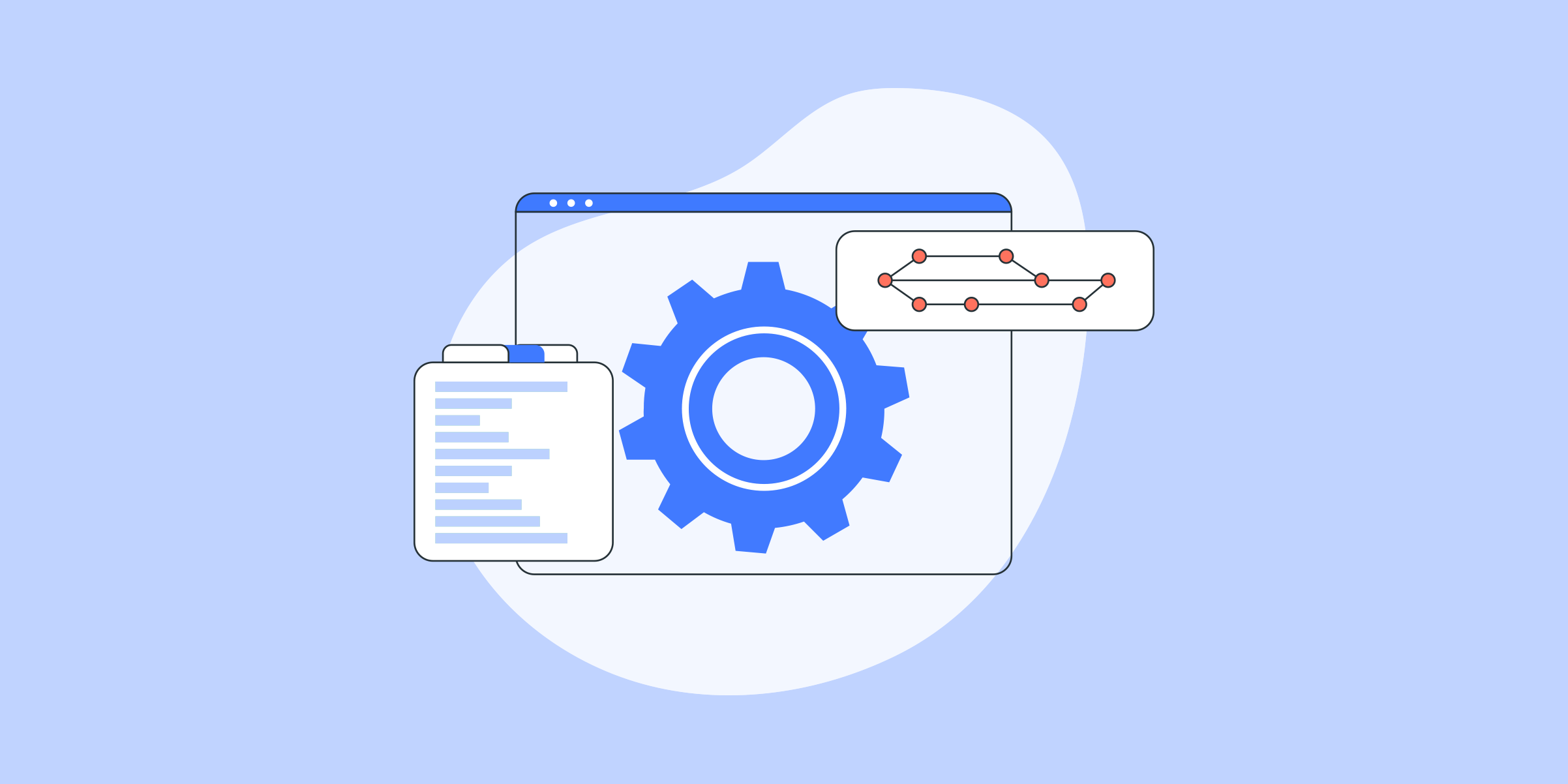住宅代理
來自真實 ISP 的白名單 200M+ IP。 透過儀表板管理/取得代理程式。

代理服務
抓取工具
從所有網站收集公開結構化數據
代理
住宅代理
來自真實 ISP 的白名單 200M+ IP。 透過儀表板管理/取得代理程式。
開始於
$0.6/ GB
Socks5代理
190多個地點超過2億個真實IP,
開始於
$0.03/ IP
無限住宅代理
IP與流量無限使用,AI智能輪換住宅代理
開始於
$1816/ MONTH
輪換 ISP 代理
ABCProxy 的輪替 ISP 代理程式可保證較長的會話時間。
開始於
$0.4/ GB
靜態住宅代理
持久專用代理、非輪換住宅代理
開始於
$4.5/MONTH
數據中心代理
使用全球穩定、快速、強勁的 700K+ 資料中心 LP。
開始於
$4.5/MONTH
移動代理
來自真實 ISP 的白名單 200M+ IP。 透過儀表板管理/取得代理程式。
開始於
$1.2/ GB
English
繁體中文
Русский
Indonesia
Português
Español
بالعربية

Title: IPv4 vs IPv6:互聯網協議的演進與未來
Description: 本博客探討了IPv4與IPv6之間的差異,它們對互聯網的影響,以及在IPv4枯竭面前採用IPv6的重要性。
Introduction:
互聯網已成為我們日常生活中不可或缺的一部分,連接著全球數十億設備。在幕後,互聯網協議(IP)在促進這個全球網絡中扮演著至關重要的角色。當前版本IPv4已成為互聯網的支柱已有三十年。然而,隨著連接到互聯網的設備數量不斷增加,IPv4的限制已變得明顯。在本博客中,我們將探討IPv4與其繼任者IPv6之間的關鍵差異,並討論過渡到IPv6的重要性。
1. IPv4概述:
IPv4於1983年推出,使用32位元的位址方案,提供約43億個獨特的IP位址。在其開發時,這看起來是一個巨大的數字,但隨著互聯網的迅速增長,已達到了極限。IPv4位址以十進制形式表示,分為四個部分,如192.168.0.1。不幸的是,可用IPv4位址的稀缺導致發展了網絡位址轉換(NAT),它允許多個設備共享單個IP位址。
2. IPv6:解決方案:
IPv6旨在解決IPv4的限制,採用128位元的位址方案。這個龐大的位址空間提供約3.4 x 10^38個獨特IP位址,確保每個設備都能有一個獨特的標識符。IPv6位址以十六進制形式表示,分為八個部分,如2001:0db8:85a3:0000:0000:8a2e:0370:7334。除了增加的位址空間外,IPv6還提供了增強的安全性、自動配置和改進的服務質量。其採用對於互聯網的持續增長和發展至關重要。
3. 關鍵差異和影響:
a. 位址空間:IPv4受限的位址空間導致可用位址的枯竭,阻礙了互聯網的增長。IPv6龐大的位址空間確保每個設備,包括智能手機、物聯網設備和未來技術,都能直接連接到互聯網。
b. 自動配置:IPv6允許設備自動配置,簡化了網絡設置過程。這一功能在大規模部署中特別有用,消除了IPv4網絡中常見的手動配置的需求。
c. 安全性:IPv6包括內置的安全功能,如IPsec,它在IP層提供身份驗證和加密。儘管IPv4中可以實施安全措施,但它們並非強制性,使IPv6在本質上更安全。
d. 服務質量(QoS):IPv6包括QoS功能,可以優先處理特定類型的流量。這確保了更可靠和高效的互聯網體驗,特別是對於語音和視頻通信等實時應用。
4. IPv6採用挑戰:
儘管IPv6的優勢明顯,但其採用進展相對緩慢。一些挑戰包括:
a. 舊系統:許多現有系統和設備仍依賴IPv4,缺乏本地IPv6支援。升級這些系統需要時間、資源和協調,這可能是採用的障礙。
b. 缺乏意識:相當數量的互聯網用戶不了解過渡到IPv6的必要性或其提供的好處。提高對IPv6的認識和教育用戶對於其廣泛採用至關重要。
c. 兼容性:IPv6和IPv4不直接兼容,需要使用過渡機制,如雙棧、隧道和翻譯。實施這些機制可能會給網絡增加複雜性,可能會減慢採用的速度。
5. IPv6採用的重要性:
a. 解決IPv4枯竭問題:採用IPv6對於確保互聯網的持續增長和發展至關重要。隨著IPv4位址變得越來越稀缺,採用IPv6是必要的,以連接全球不斷增長的設備數量。
b. 未來預防:IPv6提供長期解決方案,可以應對不斷增長的設備數量和新興技術。採用IPv6確保互聯網為未來做好準備。
Conclusion:
IPv6代表互聯網協議的必要演進,解決了IPv4限制帶來的挑戰。過渡到IPv6不僅是技術升級,而且是確保互聯網未來的戰略舉措。隨著IPv4位址越來越稀缺,機構、互聯網服務提供商和用戶採納IPv6至關重要。通過這樣做,我們可以避免可能出現的連接問題,確保持續增長,並發揮互聯網的全部潛力。